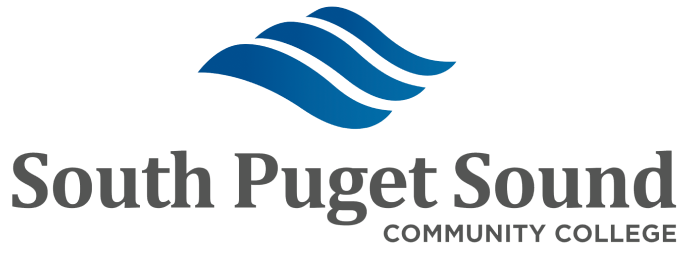Many of these tools have overlapping functionality. For example, to edit a Word or Excel document, you could use O365, Remote Apps, a remote desktop connection to your workstation, or local copies of Word or Excel. You should make your decision based on the type of data you are working with. Files containing FERPA-protected data, or Personal Identifying Information (such as Names, Addresses, SIDs, SSNs, and Birthdays), or payment information such as credit card numbers, or banking information should not be transferred to your home computer or via email. Here is a general chart of security levels:
Most Secure
- Working on an SPSCC-provided laptop remoting to your work desktop
- Working on an SPSCC-provided laptop using the Remote Apps
- Working on your own computer remoting to your work desktop
- Working on your own computer using the Remote Apps
- Working on an SPSCC-provided laptop using local apps and transferring files via the VPN
- Working on an SPSCC-provided laptop using O365 apps and OneDrive
- Working on your own computer using O365 apps and OneDrive
- Working on your own computer using local apps and transferring files via the VPN
Least Secure
No matter what tool you select, you must ensure that your home setup is as secure as possible. There are some basic precautions you can take:
- Use strong passwords on your local network (wifi, router, home computer, etc.).
- Don't share passwords with others.
- Keep your OS, browsers, and anti-virus software up-to-date.
- Lock or Log Out of your computer when you're not using it.
Password Tips
- Use multi-factor authentication when available.
- Use different passwords on different systems and accounts.
- Don't use passwords that are based on personal information that can be easily accessed or guessed.
- Use the longest password or passphrase permissible by each password system.
- Don't use words that can be found in any dictionary of any language.
